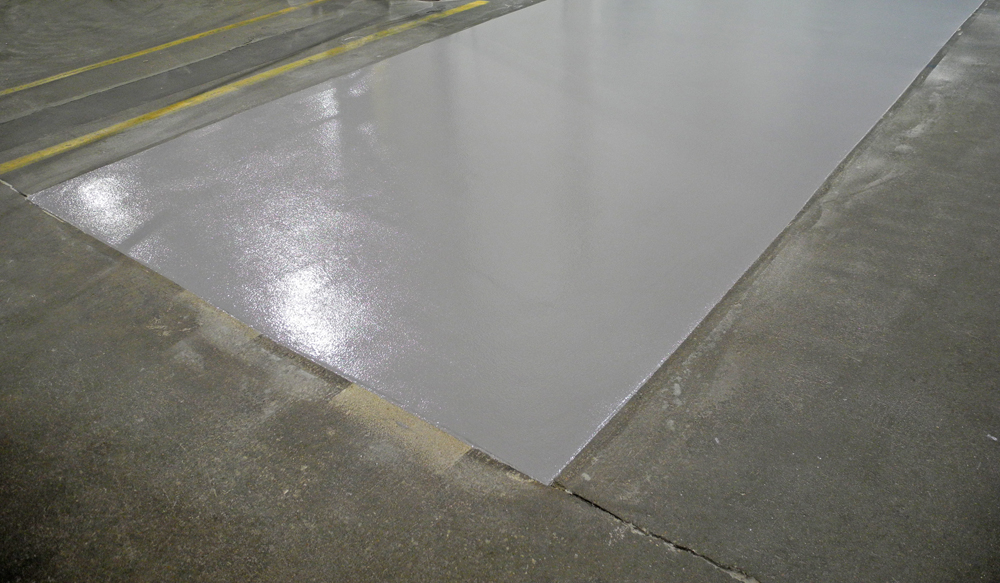We use cookies to make your experience better. To comply with the new e-Privacy directive, we need to ask for your consent to set the cookies. Learn more.
Efficient Battery Rooms Start On The Ground Floor
There's one easy way to tell how efficiently a battery room is operating — just look down.
Battery room floors that are pitted, cracked, or uneven can tell you a lot about the operation as a whole, and what they have to say isn't good.

-
Forklift battery changers need a perfectly flat, level surface
to safely bear the weight of industrial batteries, which can add up to many thousands of pounds. This is especially key if your facility stores batteries in multi-tier racks.
When vehicles travel, the distance that they lean can increase by three or four times, according to research published in the journal Concrete International. An extremely uneven floor can cause battery changers to lean into racks, which is an expensive and dangerous prospect.
-
Imperfect floors cause a lot more wear on battery handling equipment and forklifts alike.
Rough patches can literally shake your forklifts to pieces over time (or at least shake key pieces loose, which is just as bad).
Uneven flooring adds stress to every movement your equipment makes, which will increase maintenance requirements significantly. Some components are particularly vulnerable to vibration damage from rough floors, according to Concrete International. If your floor isn't perfect, expect to stock a lot of extra wheel and axle bearings, slip-fit parts, and extension mechanism bushings.
-
It takes a lot longer to complete a battery change on damaged floors.
Forklift drivers have to move more slowly and carefully when navigating around rough patches or pitted floors. Rough floors are even worse on operator-aboard battery changers, which have to travel without the benefit of shock absorbers for maximum stability.
Industry publication Material Handling & Logistics reports that industrial vehicles lose 1.5 seconds for every imperfection they have to drive over. If your floors aren't perfect, you're losing time on every battery change.
-
No matter how careful you are with your forklift batteries, every battery room experiences the occasional spill or electrolyte drip.
If your floor isn't acid resistant, you'll end up with pits and crevices in no time, and they're likely to accumulate right in your battery changer's travel path.
This phenomenon is well-known; so much so that OSHA built it into a regulation. CFR 1926.441(a)(4) requires battery room floors to be "of acid resistant construction unless protected from acid accumulations."
If you notice any signs of deterioration in your battery room floor, the time for action is now. BHS offers a complete, four-step flooring process to keep your fleet running smoothly. BHS contractors start by measuring floors digitally and grinding uneven areas until they surpass rigid flatness specifications. Next, they add a layer of epoxy mortar, which they top with a primer. Finally, they lay down the topcoat, which is resistant to acid, chemicals, abrasion and impact. The result is a battery room floor that will allow you to change batteries as quickly and safely as possible.
References:
“Batteries and Battery Charging - 1926.441.” OSHA. Occupational Safety & Health Administration, United States Department of Labor, n.d. Web. 24 Nov. 2015.
Fudala, David. "Understanding and Specifying F-Min." Concrete International (2008): 52-6. ProQuest. Web. 24 Nov. 2015.
Shoemaker, Ken S. "How a Floor Can $ave Millions." Material Handling Management (2007): 62-11. Penton, 1 Nov. 2007. Web. 24 Nov. 2015.
